Have you ever felt your cat’s eyes on you, like a soft, silent observer in the room? It’s not just your imagination. Cats, with their mysterious ways, might be more in tune with your feelings than you think. There’s something heartwarming and a little uncanny about the way your feline friend seems to show up just when you need comfort—or how they sometimes act out when your mood shifts. Let’s dive into the captivating world of cats and uncover the subtle, surprising signs that your furry companion is truly watching you for emotional cues.
Your Cat Mirrors Your Mood
Astonishingly, many cats reflect the emotions of their favorite humans. If you’re feeling joyful, you might notice your cat playfully bouncing around or purring more than usual. On darker days, your cat may become quieter, lying close by and sharing in your stillness. This emotional mirroring isn’t a coincidence; cats are experts at picking up on the energy in a room. They sense when their environment feels calm or tense, often adjusting their own behavior to match. You might see your cat become more affectionate when you’re sad, or join in your excitement with their own bursts of energy. These moments reveal just how closely your cat is attuned to your emotional world, forming a silent but powerful bond.
They Offer Comfort When You’re Down
One of the most heart-melting cat behaviors is how they seem to know when you need comfort. If you’ve ever had a bad day and found your cat curling up on your lap or nestling beside you, it’s no accident. Cats are drawn to the emotions we radiate—especially sadness or stress. Their gentle purring and warm presence are their way of soothing you, even if they can’t speak. Some cats will nuzzle your hand, gently head-butt you, or softly paw at you when you’re upset. These small gestures show they’re not just noticing your emotions; they’re actively responding to them.
Watchful Eyes Track Your Expressions
Have you ever caught your cat staring intently at your face? This isn’t just curiosity; it’s observation. Cats watch our facial expressions closely, reading the tiny shifts that signal happiness, frustration, or fear. When you smile, your cat might relax or move closer, sensing your positive energy. If you frown or cry, you may notice your cat becoming alert or concerned. It’s almost as if they’re trying to decipher a secret language, tuning in to your every emotional nuance. This habit of watching your face is a strong sign that your cat is tuned into your feelings, using your expressions as cues for how to behave.
Subtle Tail Movements Reflect Your State
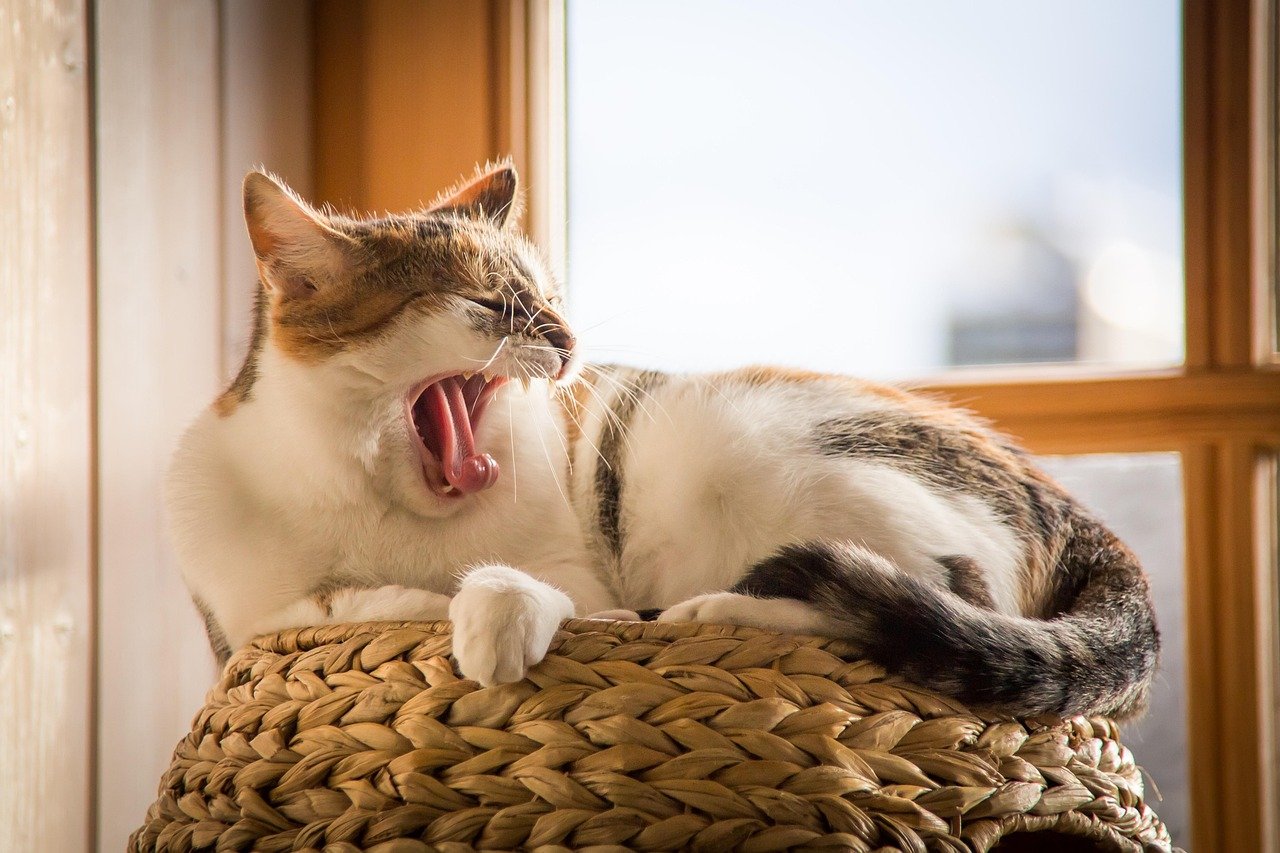
A cat’s tail is like a living mood ring, and it often reacts to your emotions. If you’re anxious or upset, your cat’s tail might twitch or flick nervously, echoing the tension in the room. When you’re calm and content, you may notice your cat’s tail gently swaying or curled in a relaxed position. Some cats even wrap their tails around you when sensing you need extra comfort. Observing your cat’s tail can give you surprising insight into how well they’re reading your emotional cues. It’s a subtle but fascinating sign of their emotional awareness.
Body Language Changes in Sync With You
Cats don’t just use their tails to signal feelings; their entire bodies speak volumes. When you’re energetic and lively, your cat may stretch, play, or even zoom around the house. On quieter, more somber days, they might curl up small, tuck their paws in, and share your stillness. Some cats will physically mimic your posture, lying down when you do or sitting beside you during moments of reflection. This synchronization isn’t random—it’s a testament to how deeply your cat observes and responds to your emotional state.
They Vocalize Differently Based on Your Mood
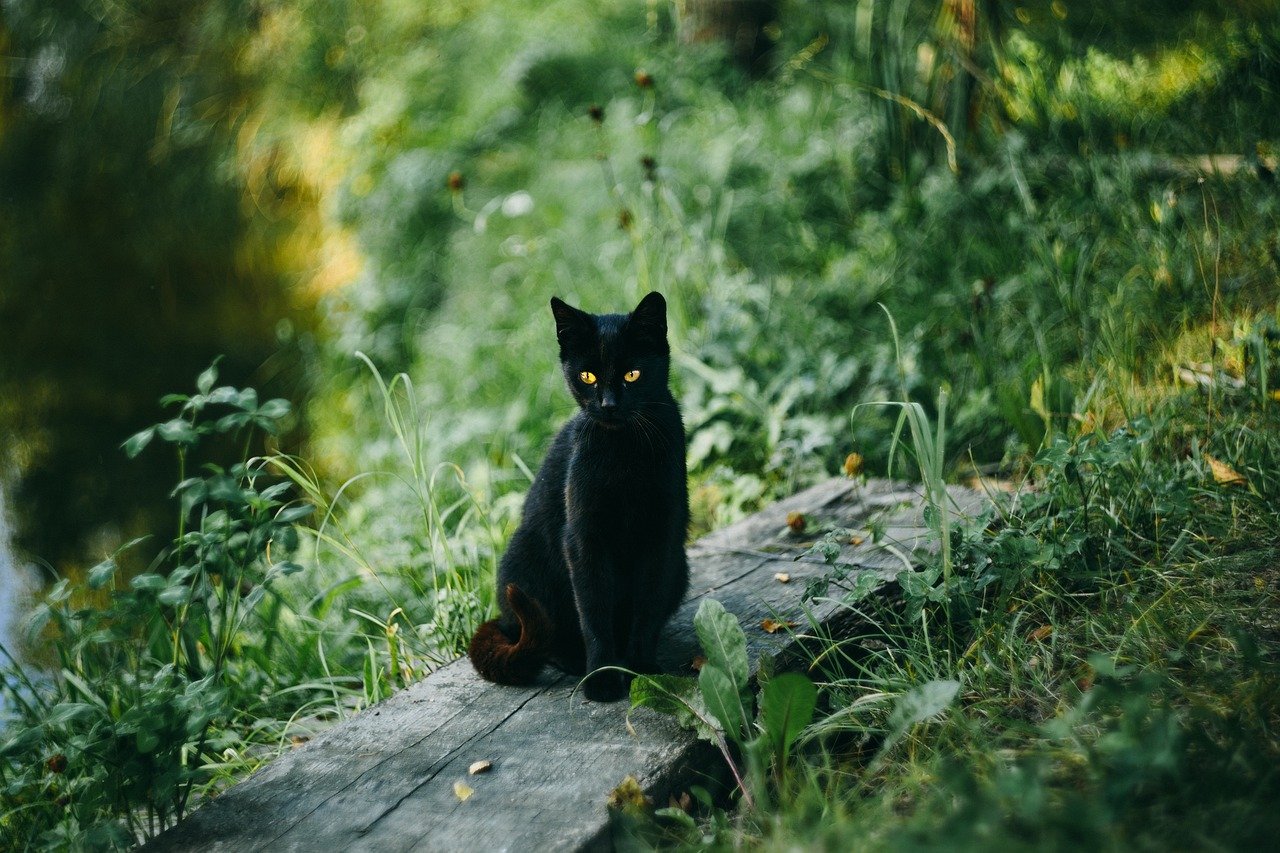
If you listen closely, you may notice that your cat’s meows, chirps, and purrs change depending on how you’re feeling. Some cats become more vocal when their humans are upset, almost as if they’re trying to talk you through tough times. Others might purr louder or more persistently when you’re calm and happy. These changes in vocalization aren’t just random noises—they’re a form of emotional communication. It’s your cat’s way of joining your emotional world, offering reassurance or sharing in your joy.
Increased Affection During Stress
It’s almost magical the way cats seem to sense when stress is weighing on you. During stressful times, many cats ramp up their displays of affection. You might find your cat rubbing against your legs more often, jumping into your lap, or even following you from room to room. This isn’t just a plea for attention—it’s their way of providing comfort. By being close, your cat hopes to ease your burdens, offering silent support. This devotion is a clear sign that your cat is in tune with your emotional ups and downs.
They Hide or Withdraw When Tension Rises
Just as cats seek closeness when you’re sad, they may also retreat when they sense anger or tension. If your mood shifts to frustration or you raise your voice, your cat might quietly slip away to a safe hiding place. This reaction isn’t about fear alone—it’s their way of protecting both themselves and the emotional harmony of their environment. By withdrawing, your cat signals that they’re sensitive to your feelings, and they prefer peace over conflict. It’s a gentle reminder of how your emotions can shape your cat’s behavior.
Curiosity Peaks When You’re Excited
When something excites you—like a phone call with good news or a favorite song—your cat often becomes more curious and involved. They may investigate what’s causing your happiness, sniffing around or playfully engaging with you. This spike in curiosity is a direct response to the positive energy you’re giving off. Cats are naturally drawn to enthusiasm and joy, and they want to be part of it. Their increased interest in your activities is another way they show their awareness of your emotional cues.
They Protect You During Vulnerable Moments
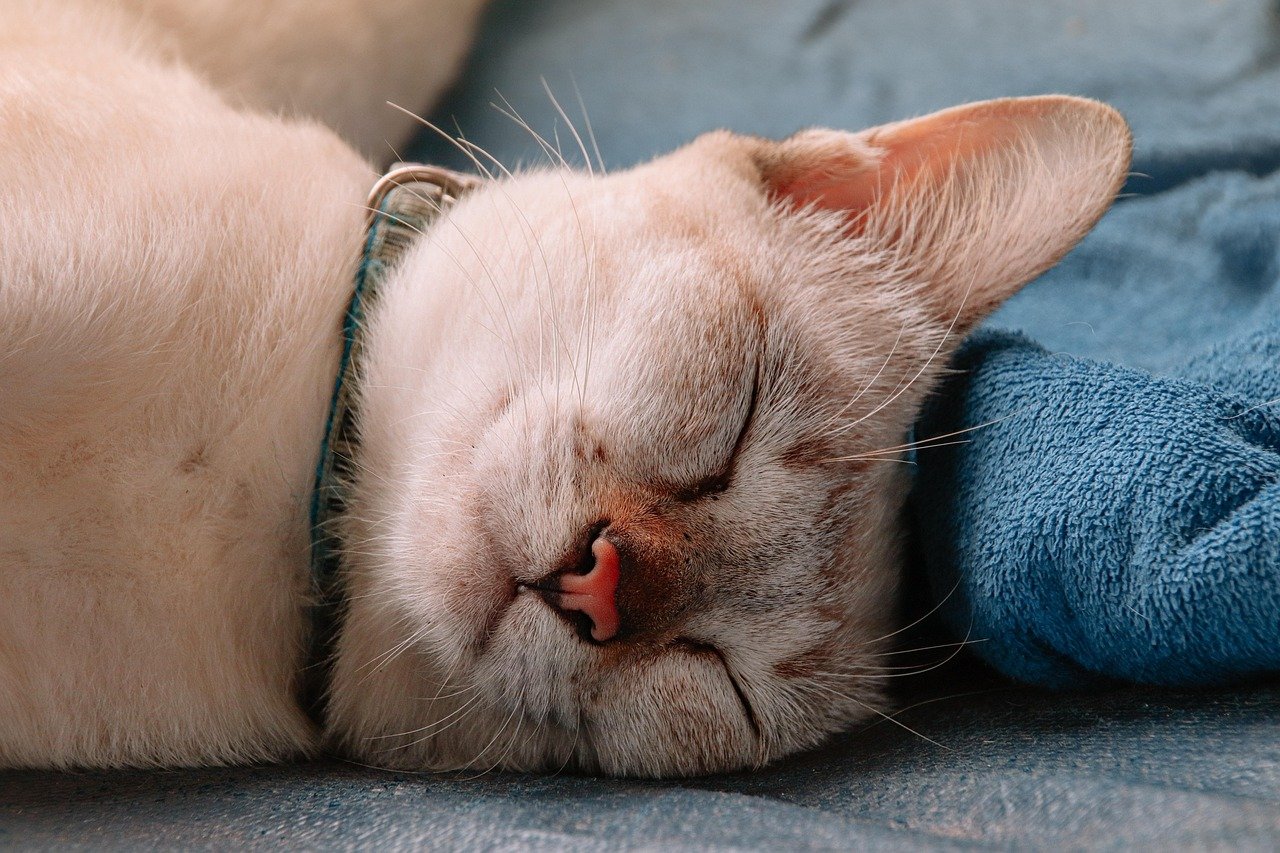
Some cats take on an almost guardian-like role when their humans are emotionally vulnerable. If you’re feeling unwell or deeply saddened, your cat might position itself nearby, keeping watch as you rest or recover. This protective behavior can be especially strong in cats with deep bonds to their owners. They may even become more alert, watching for anything that could disturb your peace. It’s as if your cat is silently promising, “I’m here for you,” offering security and companionship when you need it most.
Bringing You “Gifts” at Emotional Lows
It may seem odd, but some cats bring their humans “gifts” like toys, socks, or even the occasional unlucky insect, especially when sensing sadness or anxiety. While these offerings might not always be welcome, they’re a genuine attempt by your cat to cheer you up or distract you from your worries. This behavior shows that your cat not only notices your emotional lows but wants to actively improve your mood. It’s a quirky but touching sign of feline empathy.
Sleeping Close When You’re Vulnerable
Cats often choose to sleep near their humans during times of emotional vulnerability. If you’re feeling down or under the weather, you may find your cat curling up right beside you, sometimes even pressing their body against yours. This close contact isn’t just for warmth—it’s a gesture of comfort and solidarity. Your cat senses your need for support and responds by offering their presence, helping you feel less alone during difficult moments.
Playfulness Matches Your Joy
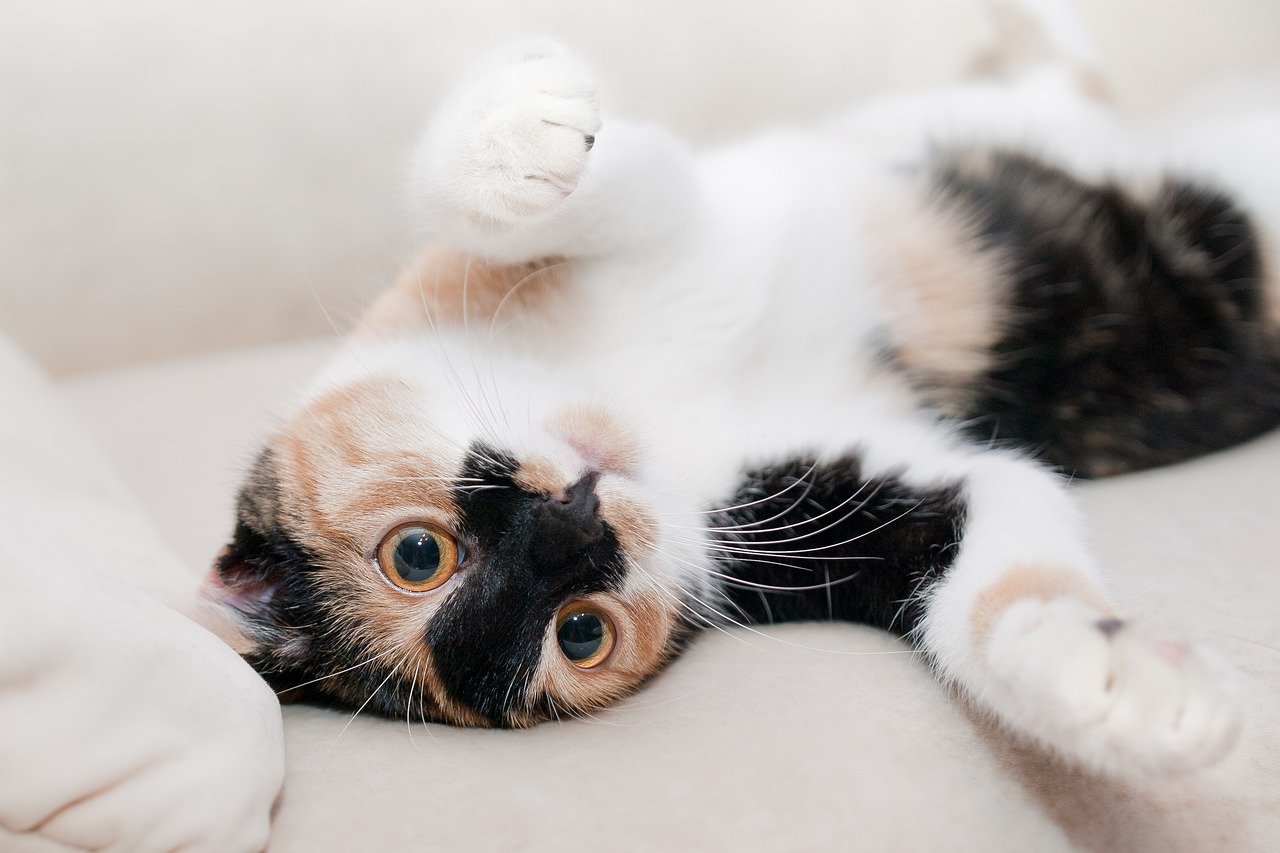
Have you noticed that your cat becomes especially playful when you’re in a good mood? They might chase after toys with extra enthusiasm, pounce on shadows, or invite you to join in their games. This burst of playfulness is often a reflection of your own happiness. Cats feed off the positive energy in their environment, and they love to share in joyful moments. Their playful antics are their way of celebrating alongside you, strengthening your emotional connection.
They Gaze Into Your Eyes for Reassurance
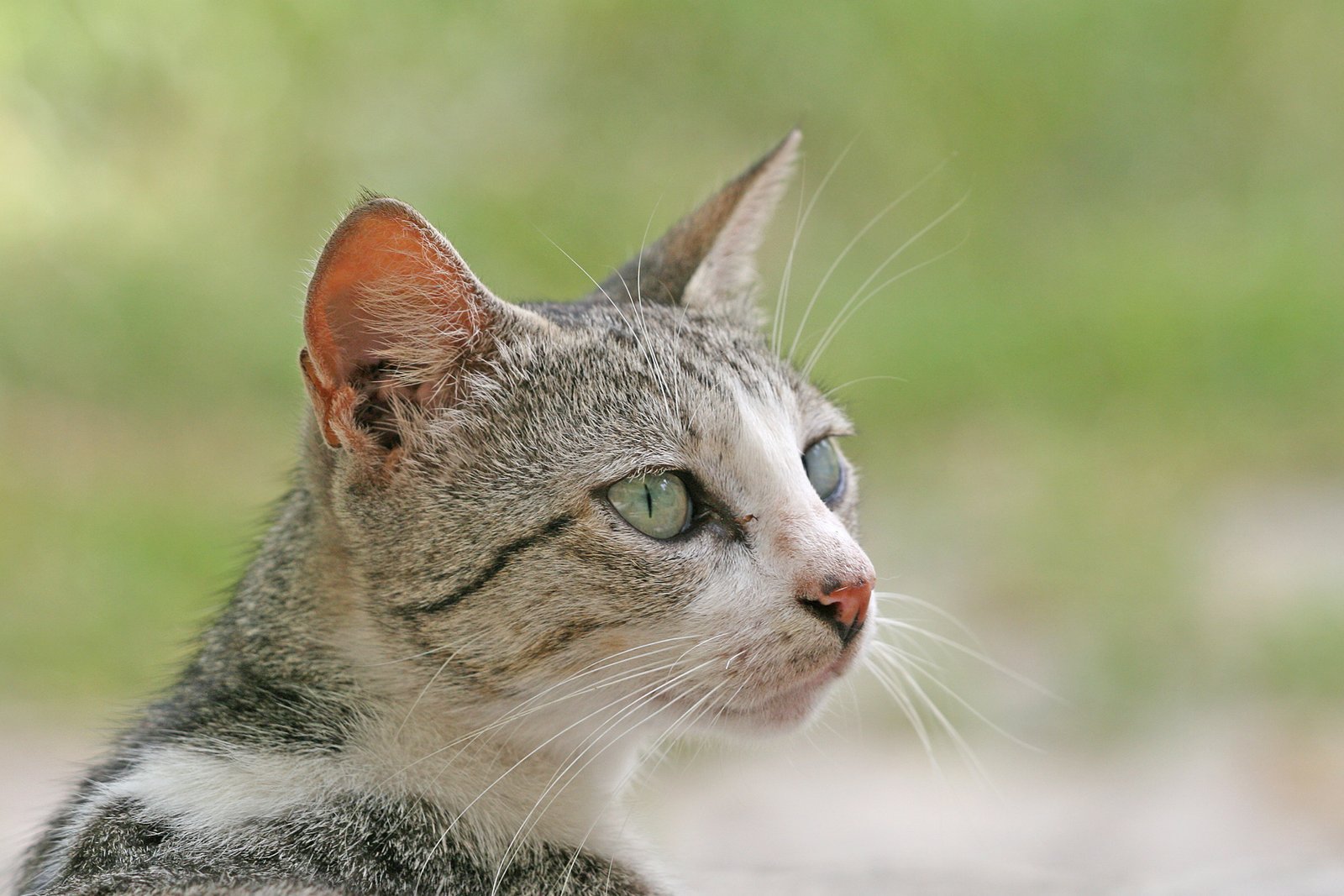
There’s something deeply moving about a cat locking eyes with you, especially during moments of uncertainty or change. When cats gaze into your eyes, they’re seeking reassurance, looking for clues about how to react or feel. This eye contact is a powerful tool for emotional bonding. Some experts even believe that slow blinking is a cat’s way of showing trust and affection, inviting you to return the gesture. By watching your eyes, your cat is tuning in to your emotional state and seeking a sense of connection.
Changes in Eating Habits Reflect Your Mood
Believe it or not, your cat’s appetite can shift in response to your emotional ups and downs. Some cats eat less when they sense their human is stressed or upset, while others may seek comfort by eating more. This change in eating habits is a subtle but telling sign that your cat is absorbing the emotional climate at home. Paying attention to these shifts can reveal just how closely your cat is attuned to your feelings, even if they can’t say a word.
They Follow You More When You’re Anxious
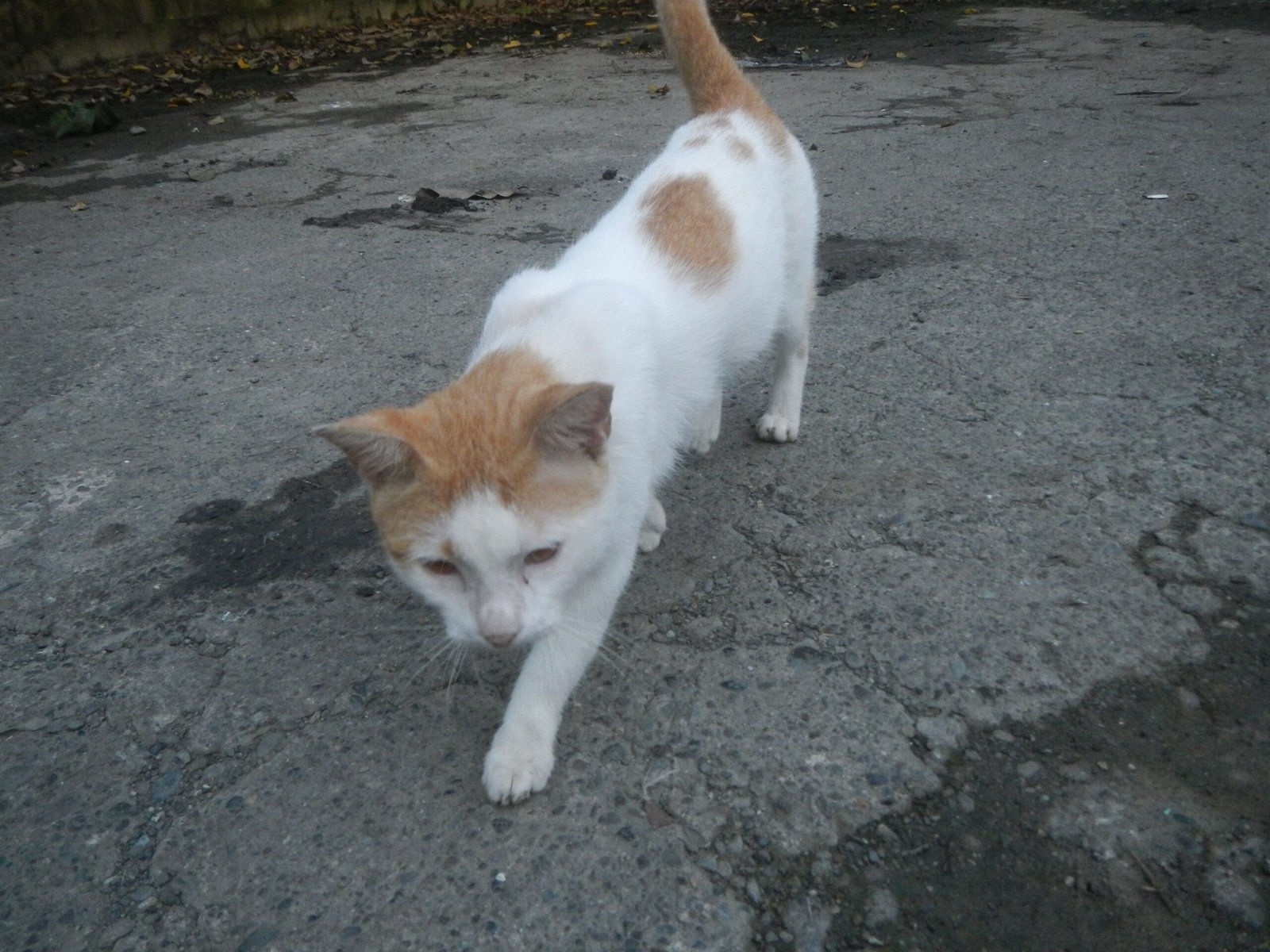
Anxious or restless days often bring out the “shadow” side of cats, with your feline friend trailing you from room to room. This behavior is not just curiosity—it’s a form of silent support. By staying close, your cat is offering companionship and keeping a watchful eye out for you. Their presence can be grounding, reminding you that you’re not alone, no matter how overwhelming life feels.
Physical Contact Increases With Emotional Need
When you’re in desperate need of comfort, you may notice your cat becoming more tactile. They might rest a paw on your hand, snuggle up under your chin, or even climb onto your chest. This increase in physical contact is your cat’s way of responding to your emotional needs. They sense your vulnerability and instinctively provide warmth and affection. These moments of closeness can be healing, deepening the bond between you and your feline companion.
They Interrupt Negative Behaviors
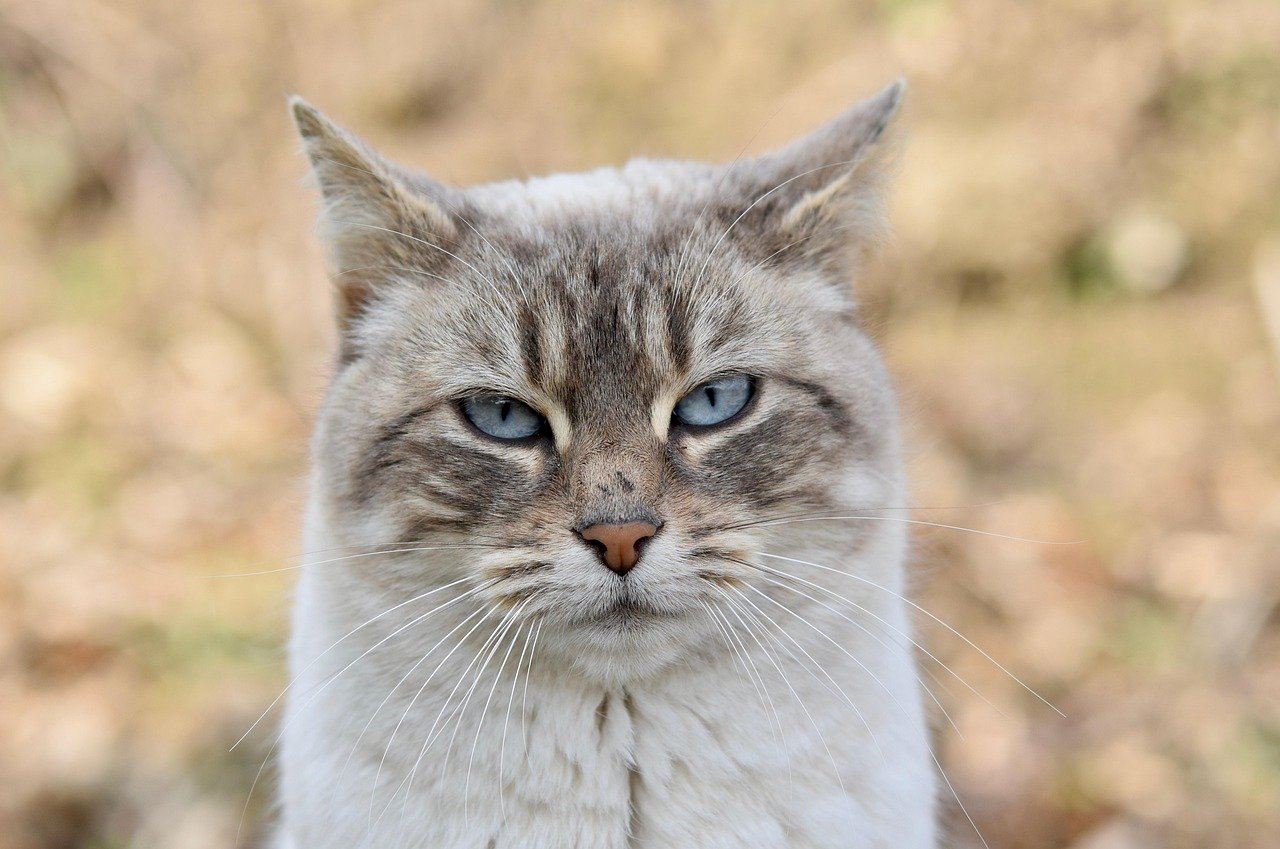
Sometimes, cats will interrupt their humans when they’re engaging in negative behaviors—like pacing, crying, or even arguing. Your cat might meow, nudge you, or even place themselves in your path as if to say, “Please, calm down.” This intervention shows remarkable emotional intelligence. Your cat isn’t just reacting to your mood; they’re trying to redirect your energy and restore peace in their environment.
Observing You During Important Moments
Have you ever noticed your cat appearing during significant events—like when you’re celebrating, grieving, or making big decisions? Cats are incredibly observant and often choose to be present during emotionally charged moments. They might sit quietly nearby, watching and waiting. This silent companionship is their way of participating in your life’s milestones, offering their presence without demanding attention.
Responding to Your Voice Tone and Volume
The way you speak matters to your cat. They pick up on the tone, pitch, and volume of your voice, using these cues to gauge your emotions. A gentle, soothing voice can draw your cat closer, while loud or sharp tones might make them retreat. Over time, your cat learns to associate certain sounds with your moods, responding accordingly. This sensitivity to vocal cues is yet another example of how deeply your cat is tuned into your emotional world.
Adapting Their Routine to Your Emotional State
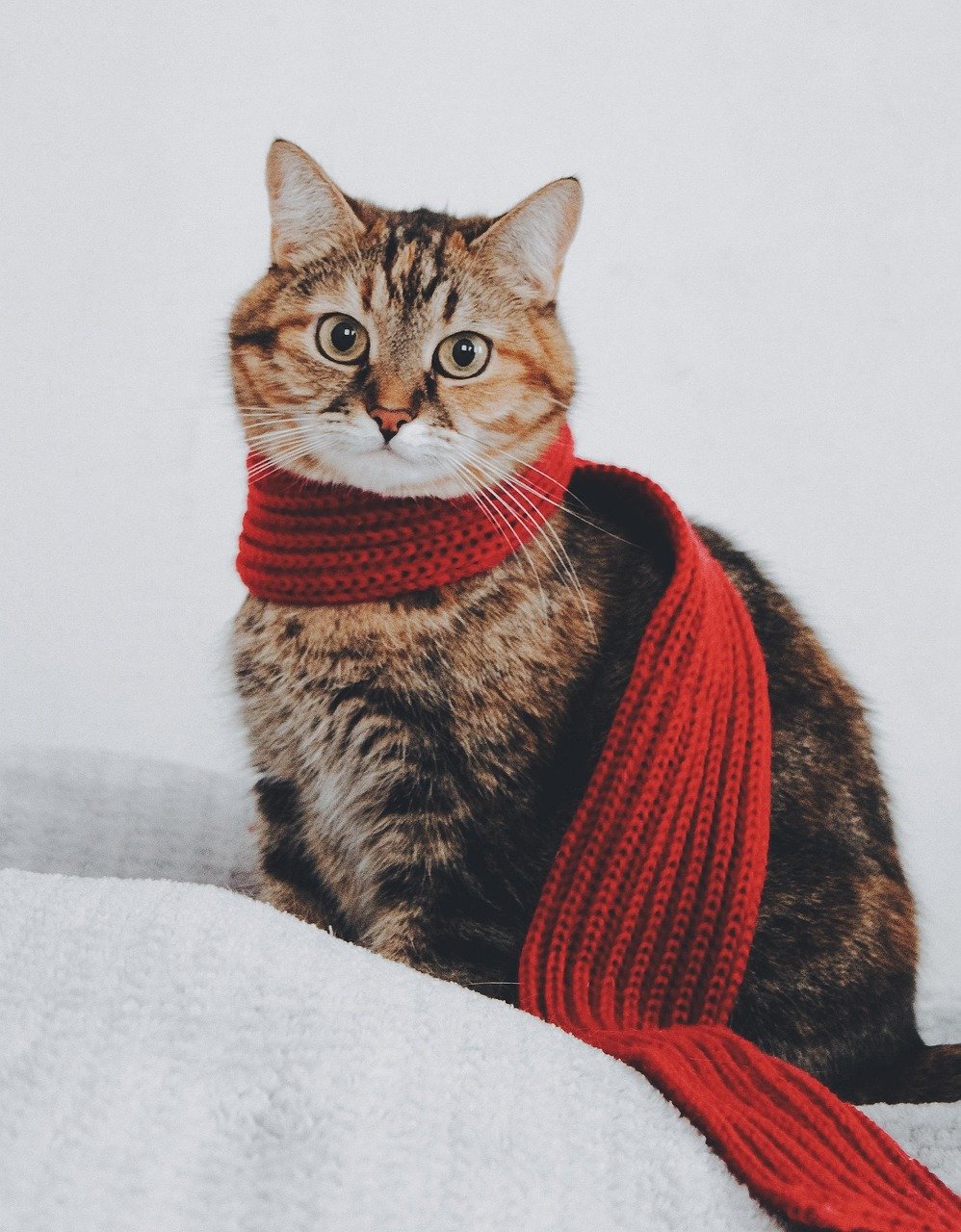
Cats are creatures of habit, but they’ll often adjust their routines based on your emotional needs. If you’re feeling low, your cat might stay up later to keep you company or be more flexible with meal and play times. These adaptations, though subtle, show how much your cat prioritizes your emotional well-being. By shifting their own habits to fit yours, your cat proves that they’re not just passive observers—they’re active participants in your emotional life.
Hi, I’m Bola, a passionate writer and creative strategist with a knack for crafting compelling content that educates, inspires, and connects. Over the years, I’ve honed my skills across various writing fields, including content creation, copywriting, online course development, and video scriptwriting.
When I’m not at my desk, you’ll find me exploring new ideas, reading books, or brainstorming creative ways to solve challenges. I believe that words have the power to transform, and I’m here to help you leverage that power for success.
Thanks for stopping by, Keep coming to this website to checkout new articles form me. You’d always love it!






